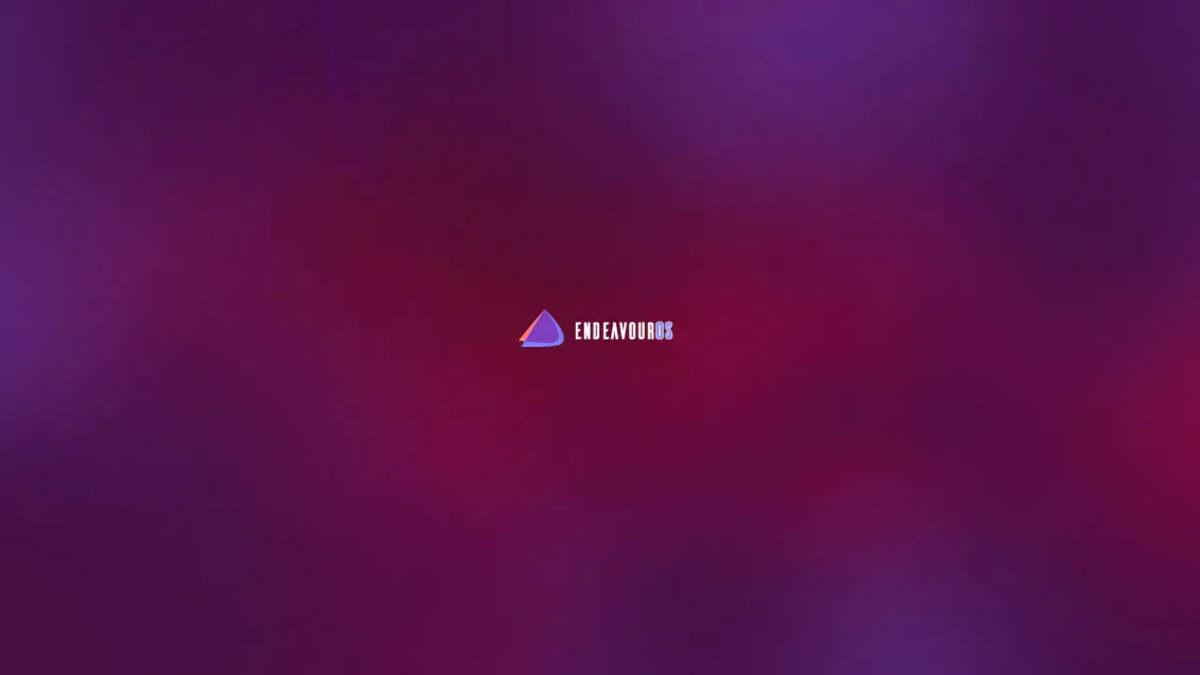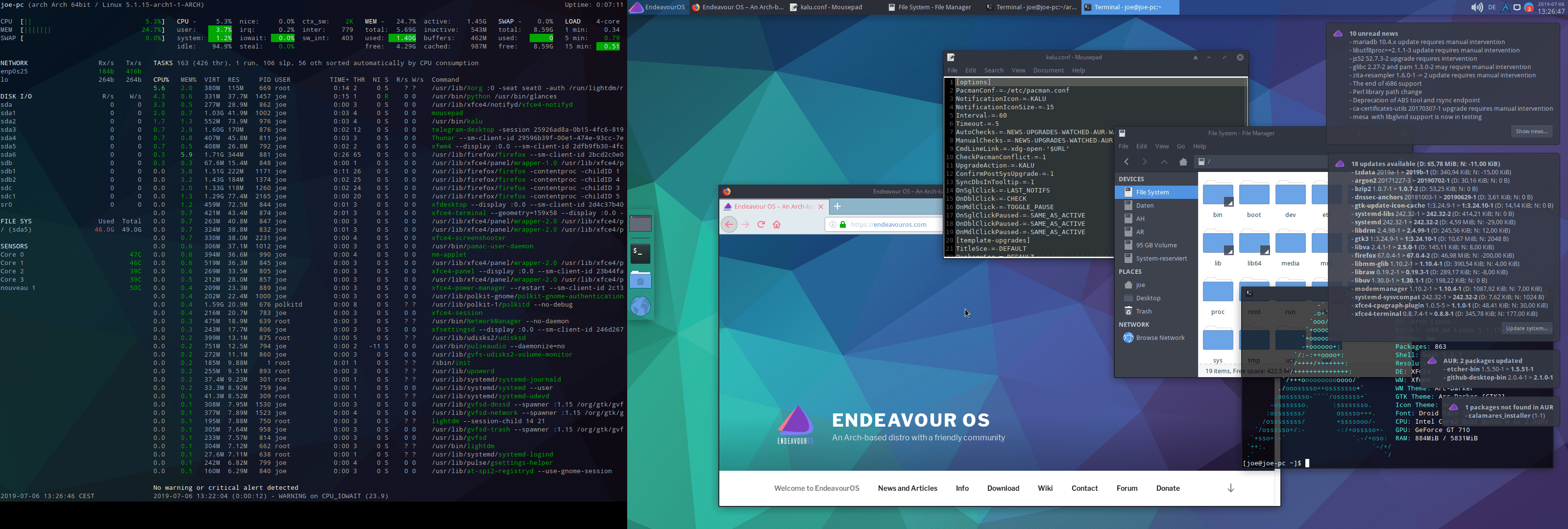

The system is a specialized Debian-based Linux distribution with networking applications such as Quagga, OpenVPN, and many others.
ENDEAVOUROS DOWNLOAD
A free download of Vyatta has been available since March 2006. Vyatta is a software-based virtual router, virtual firewall and VPN product for Internet Protocol networks ( IPv4 and IPv6). Router, firewall, VPN, virtual router, virtual firewall, DHCP, network address translation, web caching, network virtualization LAN, wide area network, security appliance, Internet security, network security

Bonus points for pressing near the top not exactly doing anything. Since the touchpad is of the hinged variety, it's impractical to actually press on it and move the finger while pressed. Meaning that if a double tap and drag, say to select text, it will "hold the tap" for a short time if I lift my finger. My main gripe with the touchpad under windows, though, is that I can't get the "tap and hold" behavior of macOS/Linux.
ENDEAVOUROS BLUETOOTH
It's a bit like moving to a Bluetooth mouse after using a wired one. But I only rarely use Windows, so whenever I do, I see it for a few minutes at first. For "regular" use it's not much of a problem and not really noticeable if you don't pay attention. The touchpad, though, has a bit of lag that's noticeable when making sudden changes.
ENDEAVOUROS DRIVER
My MX Master 3s had some very noticeable lag at one point, but it got fixed by some windows and/or Bluetooth driver update. Ditto for my wireless mice when using their own adapters. My wired mouse always worked as expected. Sorry if I sound like an advertisement I just wanted to be specific about what I like about GNOME's trackpad support as opposed to just saying that it "works fine for me." GNOME is the first DE I've tried where all of this touchpad support was implemented so well, although I haven't tried that many, to be fair. I also like that you can use two-fingers to zoom in on a webpage with Firefox, just as on Windows. It all feels natural, and it gives me a sense of control if I swipe slowly, it switches slowly, rather than just make the transition deterministically after I've swiped in some direction (something I've experienced elsewhere on Linux).

I especially like how it comes with a three-finger swipe left or right to switch workspaces/desktops, or a three-finger swipe up to get an overview of your current desktop. Everything is as smooth as I've seen on Windows or MacOS. I'm using a Dell laptop, but I'm running vanilla GNOME on EndeavourOS (took out the distro-specific customizations in the installer), and its trackpad support seems perfect on mine. It would be entirely possible to retroactively generate a mouse down event at the original gesture start (with the first finger) when the third finger is added and no fourth finger is added, but that might be jarring from a UX perspective (cursor moves out of the bounding rectangle then the drag starts some ms later). So it can be done but you might need to be intentional about being more careful with your three-finger swipe-to-drag to ensure the cursor remains within the desired click area until your third finger has made contact with the trackpad and hover there a brief moment to allow the daemon to determine you’re not going to add a fourth finger to the mix (changing it to another gesture altogether). I’d have to change that to “detect number of fingers within xx ms of start of gesture” but that is somewhat problematic because the cursor position actually changes in response to touch between when your fist finger touched the trackpad and the time when (in your example) the third finger was finally added to the gesture (even if that all takes place in “a split second”). It’s easy to separate that into pre- and post- hooks, but the most reliable method I found for counting fingers in a gesture is “the maximum number of fingers during the gesture at any point” as it allows for variations in timing, location, direction, etc of first, second, subsequent fingers for a multi-finger gesture (you can’t assume they’re all present from the very start or that one finger won’t accidentally be raised mid-gesture). There is no technical barrier since it is possible to generate a mouse down event separate from a mouse up event however currently events are generated after the gesture is complete (meaning mouse location has been lost).


 0 kommentar(er)
0 kommentar(er)
